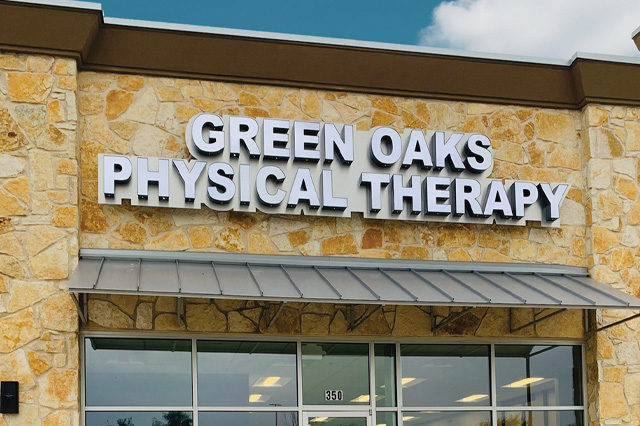Strains and Sprains
Strains and Sprains: Unveiling the Road to Recovery with Physical Therapy
Strains and sprains are common injuries that can disrupt our daily lives, causing pain, swelling, and limited mobility. Whether the result of a sports-related incident, a sudden twist, or overexertion, these injuries can significantly impact our well-being. In this blog post, we’ll explore the nuances of strains and sprains, unraveling the role of physical therapy in the journey toward recovery and rehabilitation.
Understanding Strains and Sprains
Before delving into the benefits of physical therapy, it’s essential to grasp the nature of strains and sprains. Strains occur when a muscle or tendon is stretched or torn, usually due to sudden movements, improper lifting, or overuse. Sprains, on the other hand, involve the stretching or tearing of ligaments, often caused by abrupt twists, falls, or impact. Both injuries share common symptoms, including pain, swelling, bruising, and reduced range of motion.
The Role of Physical Therapy in Strain and Sprain Recovery
Physical therapy emerges as a cornerstone in the treatment of strains and sprains, offering a multifaceted approach to address pain, enhance mobility, and expedite the healing process. Let’s delve into the ways physical therapy becomes an invaluable ally in the road to recovery.
Comprehensive Assessment and Diagnosis:
Physical therapists begin by conducting a thorough assessment to diagnose the extent of the strain or sprain. This assessment includes evaluating the affected area, assessing the range of motion, and identifying any underlying issues contributing to the injury. This comprehensive approach ensures that the treatment plan is tailored to the individual needs of the patient.
Pain Management:
Strains and sprains often come hand in hand with significant pain. Physical therapists employ various pain management techniques, including manual therapy, ice or heat applications, and therapeutic exercises designed to alleviate discomfort. By addressing pain early in the rehabilitation process, patients can engage more effectively in their recovery.
Restoration of Mobility and Flexibility:
Restricted mobility is a hallmark of strains and sprains. Physical therapists employ targeted exercises and stretching routines to restore flexibility and improve range of motion. These exercises are progressively adjusted based on the patient’s response, ensuring a gradual and safe return to normal activities.
Strength Building:
Strengthening the affected muscles and ligaments is crucial for preventing future injuries and restoring functional capacity. Physical therapists design tailored strength-building exercises that target specific muscle groups, helping patients regain stability and resilience.
Balance and Coordination Training:
Strains and sprains can compromise balance and coordination. Physical therapists incorporate exercises that focus on enhancing proprioception and neuromuscular control. This not only reduces the risk of re-injury but also improves overall movement efficiency.
Individualized Rehabilitation Plans:
Each patient is unique, and their recovery journey should reflect that. Physical therapists craft individualized rehabilitation plans that consider the patient’s lifestyle, fitness level, and specific goals. This personalized approach ensures that the treatment is not only effective but also aligned with the patient’s expectations and needs.
Education for Prevention:
Physical therapy extends beyond the treatment phase to empower patients with the knowledge and tools to prevent future injuries. Through education on proper body mechanics, ergonomics, and exercises that promote resilience, patients can actively participate in safeguarding their musculoskeletal health.
Gradual Return to Activity:
As patients progress in their recovery, physical therapists guide them through a gradual return to normal activities or sports. This phase involves monitoring the body’s response, adjusting exercises as needed, and providing ongoing support to minimize the risk of re-injury.
Strains and sprains may be common, but their impact on daily life can be significant. Physical therapy emerges as a beacon of hope in the journey toward recovery, offering a comprehensive and individualized approach to address the root causes, manage pain, and restore functionality. By harnessing the expertise of physical therapists and actively engaging in the rehabilitation process, individuals can not only overcome the immediate challenges posed by strains and sprains but also build a foundation for lasting musculoskeletal health.

Request an Appointment
Fill out our online form and we will contact you and schedule your visit.

Find Your Location
17 convenient locations across the Fort Worth and Dallas area.
